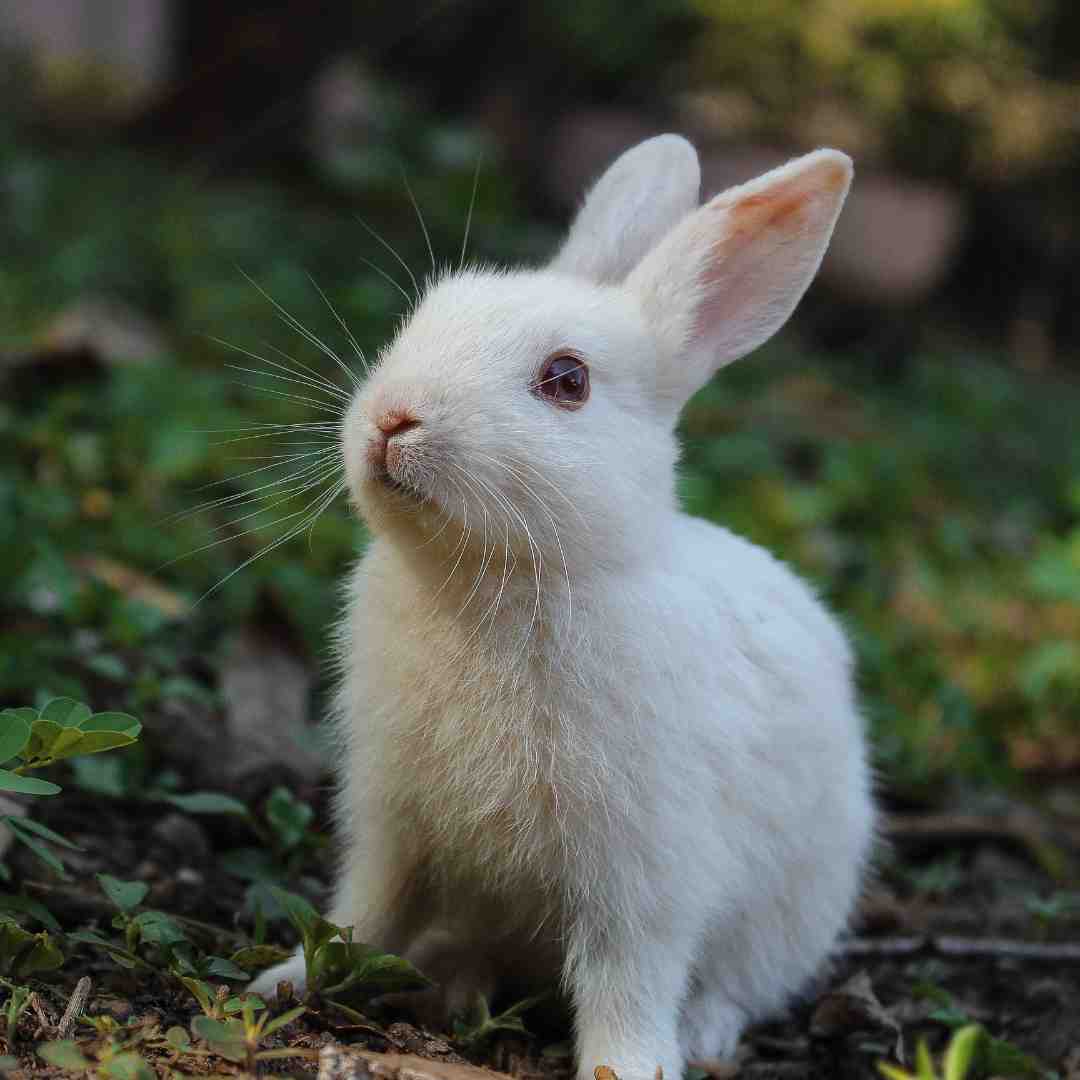How Far Does the Average Rabbit Roam?
Rabbits travel and explore. Rabbit species, environment, and individual rabbits affect their typical roaming range.
Wild rabbits roam farther than farmed rabbits. Depending on terrain and food and water, wild rabbits can go 10 kilometres in a day. Domestic rabbits have a restricted range. Depending on cage size and predators, they may only venture a few hundred yards from home.
Age and health affect a rabbit's range. Due to their curiosity and energy, young bunnies move farther than adult ones. Healthy rabbits roam farther than sick or damaged ones.
Rabbits also alter each other's range. Rabbits travel farther in groups than alone. Because other rabbits provide protection and friendship.
Depending on the type, environment, and rabbit, the typical roaming range can vary substantially. Wild rabbits have a significantly greater range than farmed rabbits, although age, health, and other rabbits might affect their range.
Human Impact on Rabbit Roaming Patterns
Humans influence rabbits' movements. Rabbits are sensitive to environmental changes, and human activities can greatly affect their behaviour.
At night, rabbits are most active. Rabbits are more wary and stay put around humans. As a result, they are less likely to roam strange locations.
Rabbits' natural habitats can be disrupted by humans, making food and shelter scarce. Building roads or clearing land for construction might affect rabbit food and shelter. This can reduce rabbit numbers and roaming.
Human activity can also agitate rabbits. Rabbits may become more possessive and aggressive around humans. They may stay put and protect their territory, reducing their travelling.
Finally, human activity can increase predators. Humans provide food and shelter for predators like foxes and coyotes. This can increase predators and limit rabbit activity.
Human activity can significantly affect rabbit roaming patterns. Understanding how human activity affects rabbits helps us build a more sustainable ecosystem and allow them to roam freely.
Making a Rabbit-Friendly Environment to Encourage Roaming
For safe, comfortable roaming, your rabbit needs a rabbit-friendly habitat. Here are some rabbit-friendly tips:
1. Leave room. Rabbits need lots of area to wander. Give your rabbit a spacious, contained space to run.
2. Provide cover. Hides make rabbits feel safe. Give your rabbit boxes, tunnels, and other hiding places.
3. Provide many toys. Rabbits enjoy playing and exploring. Give your rabbit balls, tunnels, and chew toys.
4. Feed everyone. Give your rabbit fresh hay, veggies, and other healthy foods.
5. Water plentiful. Always give your rabbit clean water.
6. Enrichment. Mental stimulation keeps rabbits healthy and happy. Puzzles, foraging, and fun enrich your rabbit.
These recommendations will help you establish a rabbit-friendly habitat that encourages roaming and keeps your pet safe and comfortable.
Free-Roaming Rabbits Benefits
Free-roaming rabbits benefit both owners and bunnies. Allowing rabbits to explore their environment stimulates them mentally and physically. This prevents boredom and destructive behaviour.
Free-roaming rabbits can exercise more and be healthier. Exercise reduces the chance of obesity, which can cause health issues. It also strengthens bones and muscles and improves coordination.
Free roaming reduces rabbit stress. Rabbits can grow anxious and stressed in cramped spaces, causing behavioural difficulties. Exploring their environment reduces stress and makes them feel safer.
Finally, free-roaming rabbits can build owner-rabbit bonds. Rabbits are more likely to communicate with their owners and feel comfortable when permitted to wander. This might strengthen their relationship, benefiting both parties.
In conclusion, rabbits and owners gain from free roaming. It can decrease stress, stimulate them emotionally and physically, and deepen their link with their owners. To guarantee their health and well-being, rabbits should be allowed to move freely.

Understanding How Predators Limit Rabbit Roaming
Predators restrict rabbit movement. Foxes, coyotes, and hawks hunt rabbits. Predators can control rabbit populations by eating them. To avoid being eaten, rabbits hide in their burrows or other hiding places, reducing the number of free-roaming rabbits.
Predators balance rabbit populations by minimising competition for food and resources. The remaining rabbits have more food and resources, helping them survive and breed. This prevents overgrazing and other environmental issues from rabbit overpopulation.
Predators also minimise rabbit illness. Predators can keep rabbit populations healthy by eating ill or injured rabbits. Sick rabbits are less likely to infect other rabbits.
Finally, predators can limit rabbit damage to plants. Predators can control rabbit populations by eating them. Rabbits are less likely to travel freely and eat on crops and other vegetation.
Predators restrict rabbit movement. Predators can limit rabbit populations, competition for food and resources, disease spread, and agricultural damage by preying on them.
